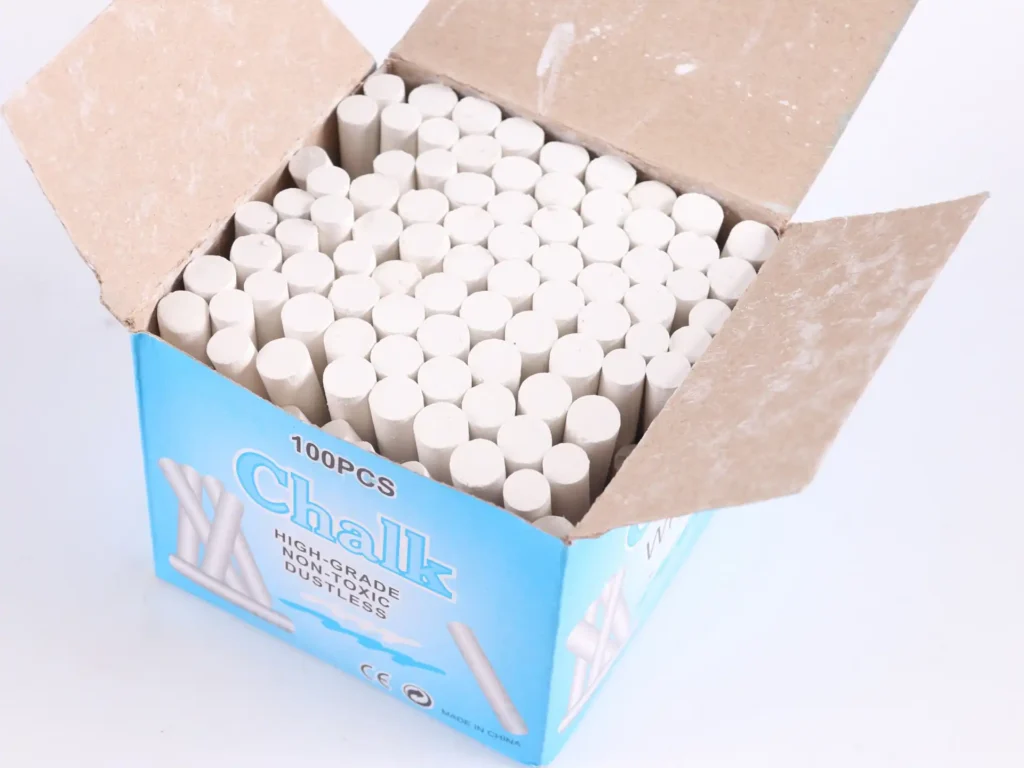In the process of chalk manufacturing, magnesium oxide is not only an important filling and shaping material, but also plays a crucial role in binding and solidification. Its reaction with water and other components determines the chalk’s structural strength, service life, and writing performance.

1. Reaction Characteristics of Magnesium Oxide
Magnesium oxide is an alkaline oxide, possessing certain hygroscopicity and reactivity. When magnesium oxide is mixed with water, it slowly hydrates to form magnesium hydroxide. Under certain conditions, such as the addition of hardeners like magnesium sulfate, it can also undergo hydration and solidification reactions, forming a stable magnesium salt cement structure. This process provides the chalk with good molding strength.
2. Molding and Binding Performance
The specific roles of magnesium oxide in chalk are reflected in the following aspects:
- Enhances moldability: Fine-grained magnesium oxide can fill voids, making the mixture denser and facilitating compression molding.
- Improves flexural strength: The crystalline products formed by hydration possess good strength, reducing the tendency for chalk to break easily.
- Provides certain binding force: MgO forms a crystalline network during the hydration reaction, which can firmly bind fillers such as calcium carbonate and talc.
- Regulates drying and solidification speed: Highly active light magnesium oxide can achieve initial setting within a short period, which is beneficial for large-scale industrial production.
3. Matching of Raw Materials and Process
Magnesium oxide used for chalk generally needs to possess the following characteristics:
- Moderate activity: Ensures smooth hydration reaction without cracking due to excessively fast reaction.
- Fine particle size: Ensures uniform mixing and a smooth surface.
- Low impurity content: To avoid affecting whiteness and binding effect.
- Good drying treatment: Controls free moisture, improving storage stability.
Furthermore, chalk manufacturing often employs compression molding or extrusion molding processes. In this process, after magnesium oxide, water, calcium carbonate, and binder are mixed in proportion, they are pressed into shape in a mold, and then dried or cured at room temperature.
4. Synergistic Mechanism with Other Components
Magnesium oxide is often used together with raw materials such as calcium carbonate, talc powder, and binder powder:
- Calcium carbonate provides volume and whiteness, reducing costs;
- Binder powder / cellulose-based binders improve flexibility;
- Magnesium oxide, through chemical reaction, forms a solidified structure and is the “skeleton” component.
